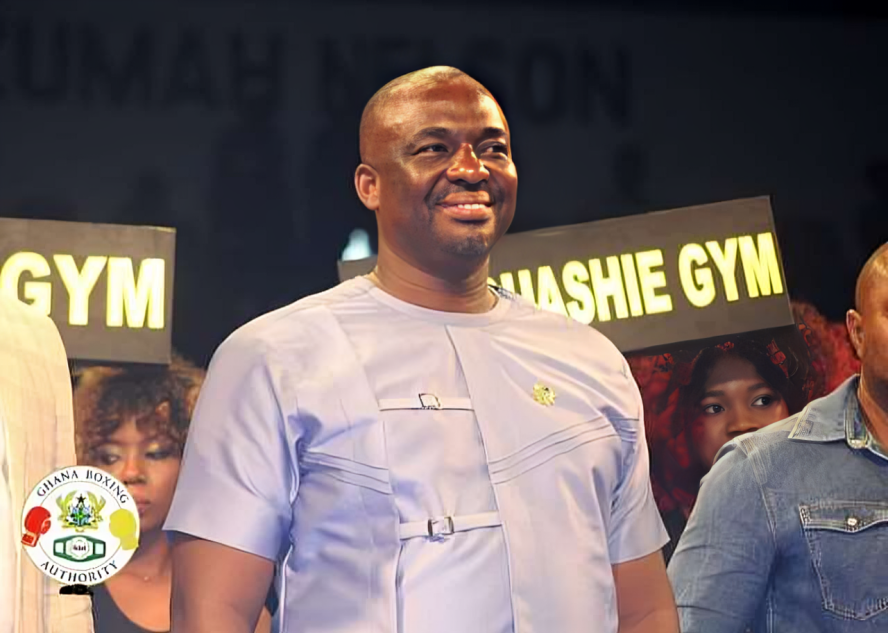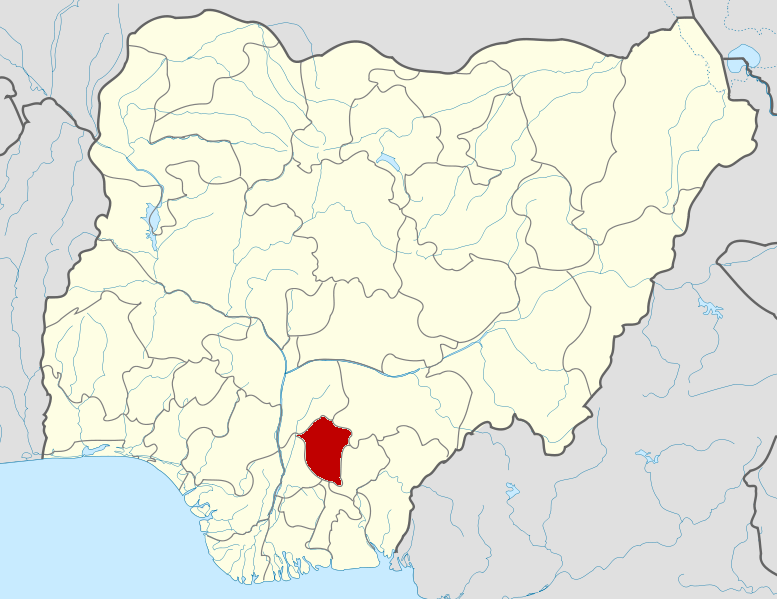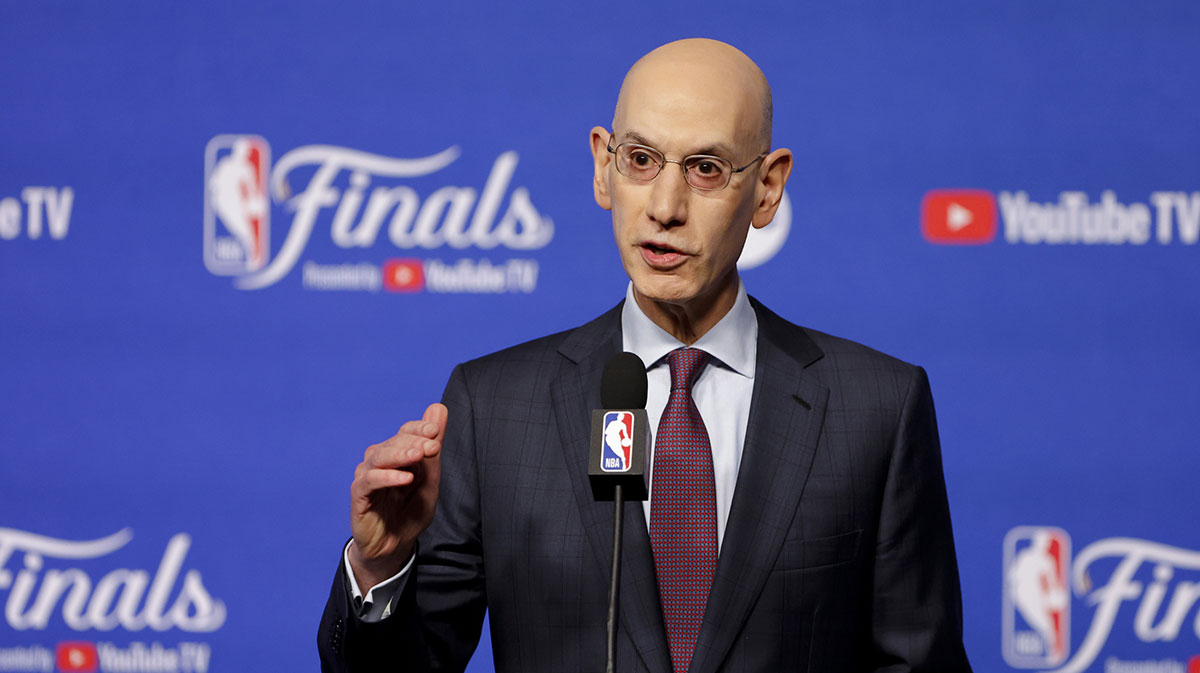Can The OnePlus Pad 3 Replace Your Laptop? My Verdict - Tech Advisor
For as long as tablets have been around, there’s been debate about their potential to replace your laptop.
But while the power and portability of tablets make them an attractive option, that’s never quite materialised for most people. They regularly excel at watching movies or gaming, yet often fall short when it comes to productivity.
On paper, the OnePlus Pad 3 could change that. It combines the premium hardware we’ve come to expect with a focus on multitasking features and accessories that can simulate the laptop experience.
And with a mid-range £529 ($699.99 in the US) price tag, it’s a compelling alternative to many affordable laptops on paper. But how well will it work in practice?
To test this theory, I exclusively used the OnePlus Pad 3 and its keyboard cover for a full, eight-hour working day. My usage is fairly typical of most journalists, cycling between lots of Google Chrome tabs, Microsoft Word and Slack. Here are the five biggest things I learned.
With a 13.2-inch screen, the Pad 3 has a display that’s as big as many laptops. And when it comes to quality, OnePlus has most of them well beaten.
This high-resolution (3392 x 2400) panel was a joy to use for work, offering the crystal-clear detail that I crave. Despite being an LCD panel rather than OLED, I really enjoyed the vibrant colours and rich, deep blacks that it offered.

Anyron Copeman / Foundry
I was working on the Pad 3 at my desk, but a quick trip to the local park to take photos showed just how excellent outdoor visibility was. An impressive maximum recorded brightness of 517 nits proves it, with the screen also less reflective than some other tablets I’ve tested.
And then there’s the added bonus of a 144Hz refresh rate, something only dedicated gaming laptops can match. Compared to the 60Hz I was used to for work, the Pad 3’s display felt like something from the future.
Compared to the 60Hz I was used to for work, the Pad 3’s display felt like something from the future
Throw in touchscreen support (something not available on my usual work laptop), and my experience with the display couldn’t have been better.
My regular work laptop doesn’t have terrible specs by any means, with an 11th-gen Intel Core i7 processor and 16GB of RAM. However, it feels practically snail-like when compared to the OnePlus Pad 3.
With a Snapdragon 8 Elite chipset under the hood, it’s as powerful as any flagship Android phone or tablet, and it shows. Performance throughout my working day (and the wider week of testing) was phenomenal, offering silky-smooth scrolling and instant responses to taps and swipes.
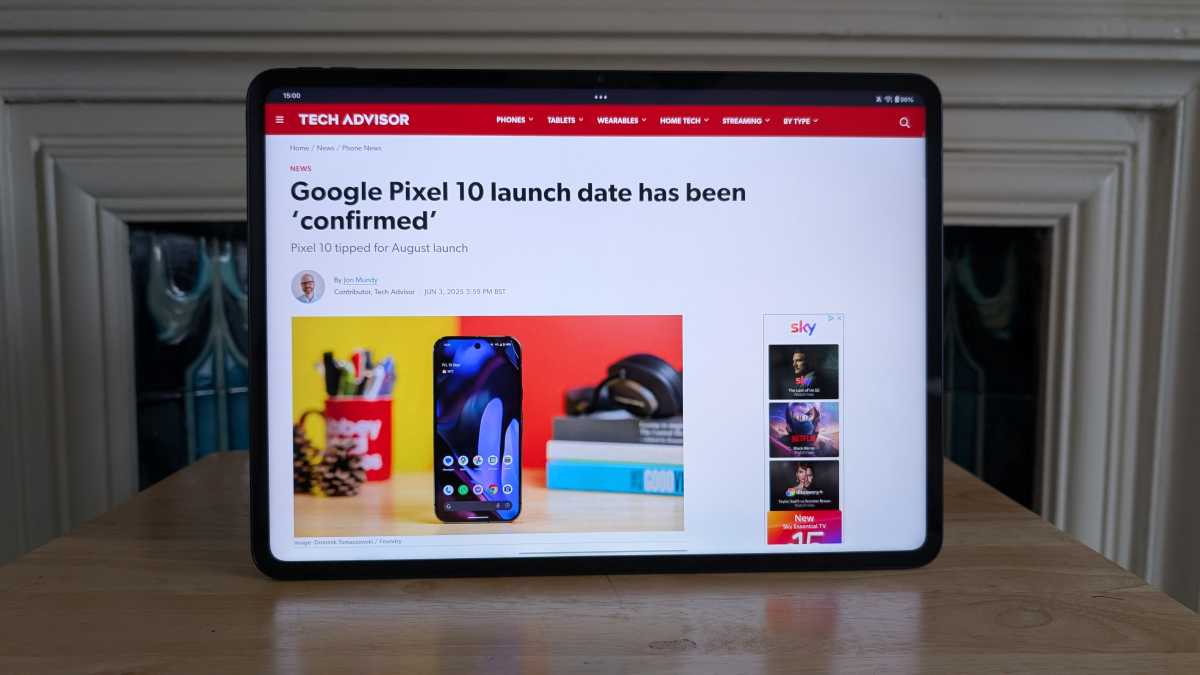
Anyron Copeman / Foundry
It was also a pro when it came to multitasking, handling split-screen apps, floating windows and OnePlus’ unique ‘Open Canvas’ feature with ease.
Performance throughout my working day (and the wider week of testing) was phenomenal
Rather than being a drawback of the more portable device, performance is a key reason to buy the OnePlus Pad 3 over most laptops.
The OnePlus Pad 3 has a monster 12,140mAh battery, and I absolutely love it. I had high hopes for battery life, but it totally exceeded my expectations.
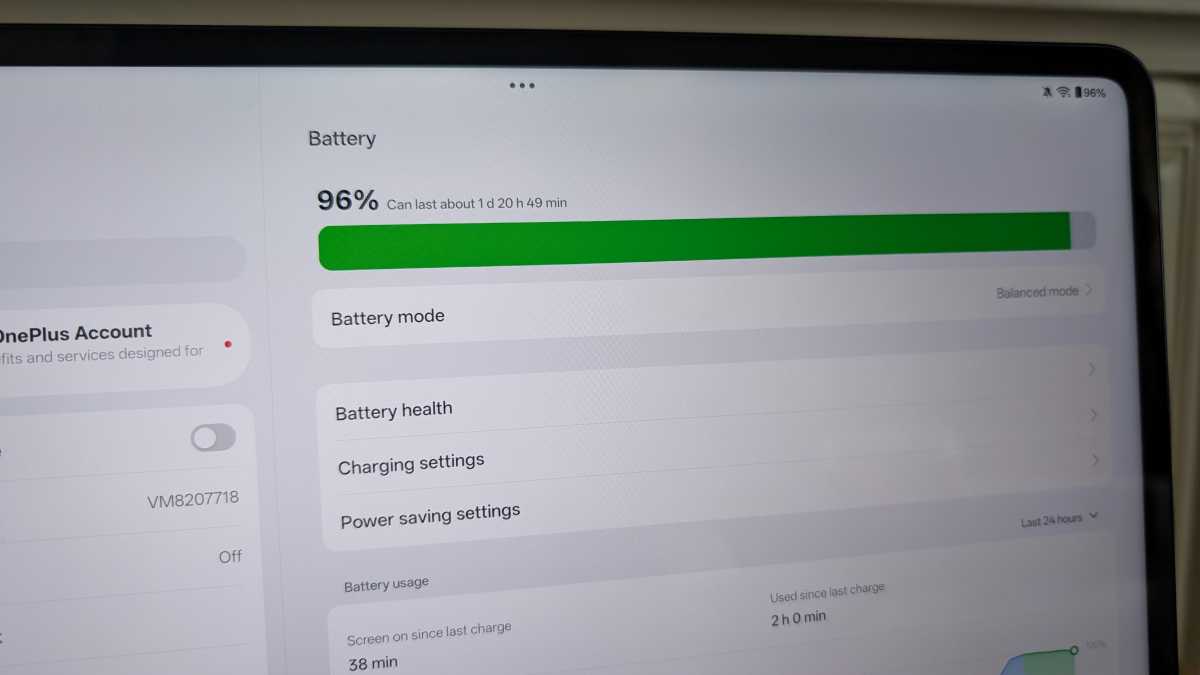
Anyron Copeman / Foundry
For most laptops, a full working day on full charge is considered a barometer of good battery life. Meanwhile, the OnePlus Pad 3 was out here with 53% left when I turned it off around 6pm.
Depending on what your work involves, a full two days on a single charge is well within reach. Now that’s what I call good battery life.
I had high hopes for battery life, but it totally exceeded my expectations
My work laptop barely lasts an hour unplugged these days, so the difference couldn’t have been more stark.
When it comes to charging, OnePlus claims the Pad 3 can go from 0-100% in just 92 minutes using a compatible 80W adapter. That’s not included in the box, so my 65W one took closer to three hours, but I’d happily put up with that when battery life is so stellar.
My review sample of the OnePlus Pad 3 included the Smart Keyboard – it usually costs an extra £169/$199.99, but there are often bundles available.
Either way, it’s a necessary purchase if you want to use the Pad 3 like you would a laptop. The two pair seamlessly via pogo pins, so you can start using it pretty much straight away.
The keyboard experience is fine. It worked okay for a day of near-constant typing, although I’d expect the relative lack of key travel and backlit keys (don’t try using it in the dark!) to become more of an issue over time.
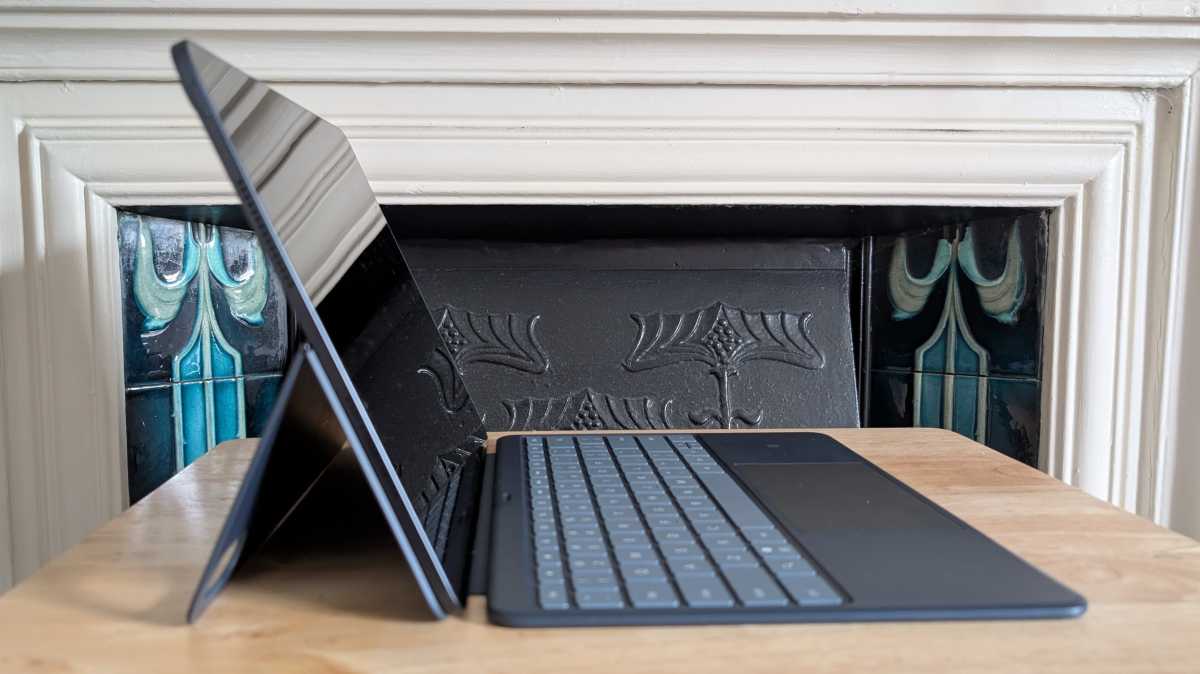
Anyron Copeman / Foundry
However, it’s the trackpad below it that caused most of my headaches. It’s not much smaller than the one on my laptop, but much less precise.
As a result, copying and pasting became an arduous task. The trackpad is highly responsive, so the movement of my finger when selecting text was often misinterpreted as a swipe to another app.
It also took me way too long to realise which kind of swipe was necessary to close the app and not open the ‘Recent Apps’ screen. It’s easier to distinguish between the two using your finger, but I didn’t want to keep smudging the beautiful screen.
Copying and pasting became an arduous task
These issues might be solved by connecting a Bluetooth mouse, but that’s another purchase you’ll have to make. And needing to take an extra accessory everywhere with you makes the OnePlus Pad 3 significantly less portable.
Until these accessories are on par with a built-in laptop keyboard and trackpad, I can’t recommend it for productivity.
OnePlus made a real effort with the software on the Pad 3. OxygenOS 15 is based on Android 15, but it includes several dedicated multitasking features that did a good job of simulating the laptop experience.
The large display meant split-screen multitasking was comfortable, while the floating window was ideal for jumping in and out of Slack.
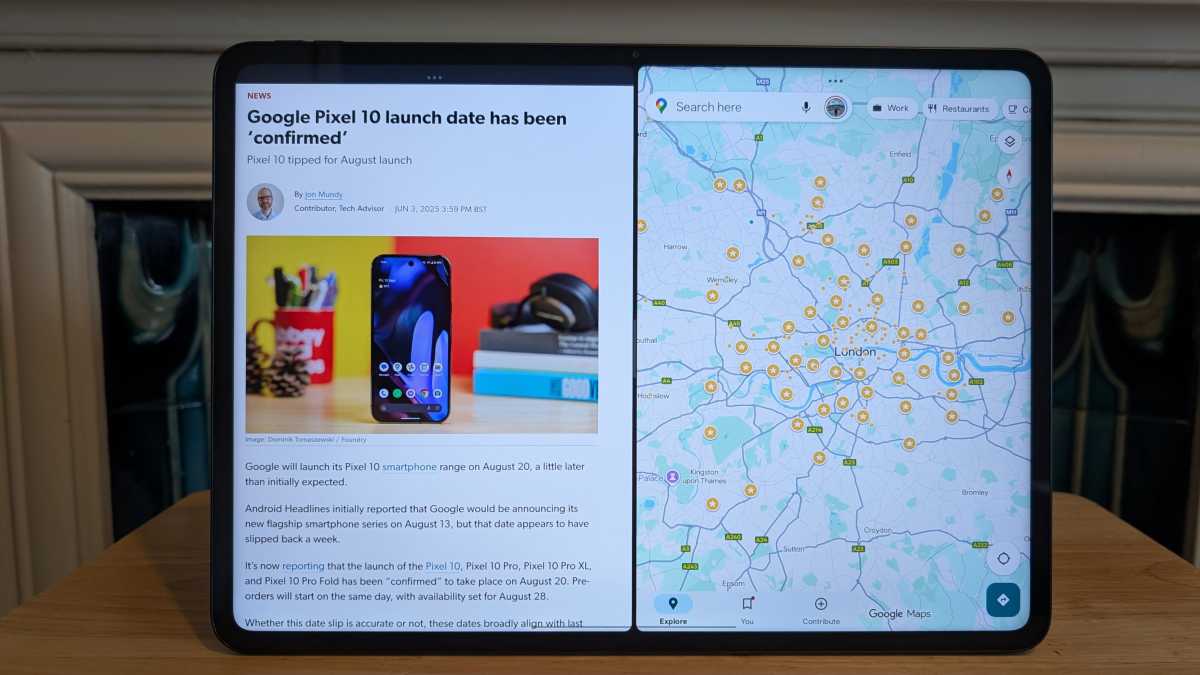
Anyron Copeman / Foundry
‘Open Canvas’, which allows you to have three apps open side-by-side, has great potential, yet it lacks the flexibility to open one full screen or resize each one.
But overall, kudos to OnePlus for prioritising the productivity experience – it’s the best you’ll find on any Android tablet, albeit still well behind Windows 11 laptops.
Which brings me to my biggest gripe with the Pad 3: the apps. Using a OnePlus or Google app that’s been designed for the big screen is a great experience, but these are few and far between.
Using a OnePlus or Google app that’s been designed for the big screen is a great experience, but these are few and far between
Take Microsoft Word as an example. Even with a Microsoft 365 subscription, the Android app is missing dozens of features that you’ll find on the desktop, including real-time collaboration, find and replace functionality and offline usage.
For someone who uses all three of these, that’s a dealbreaker for me.
Yes, depending on what you plan to use it for. Will it replace mine? Absolutely not.
The Pad 3 gets so much of the core laptop experience right. The display is gorgeous, the performance is incredible, and the battery life is among the best I’ve ever seen.
However, being great for productivity relies on the software just as much as the hardware. And despite a lot of effort from OnePlus, this is where the Pad 3 still falls short.
Ultimately, the Windows desktop experience remains superior for getting work done, even for more casual tasks such as web browsing and Word documents. If your needs are any more complex, there’s really no competition.


